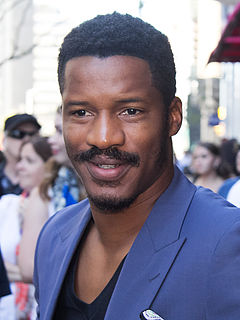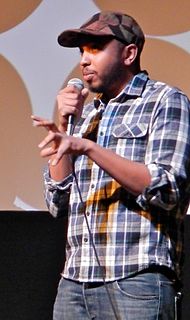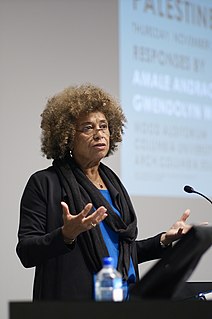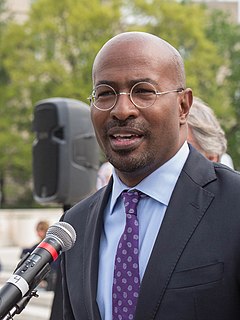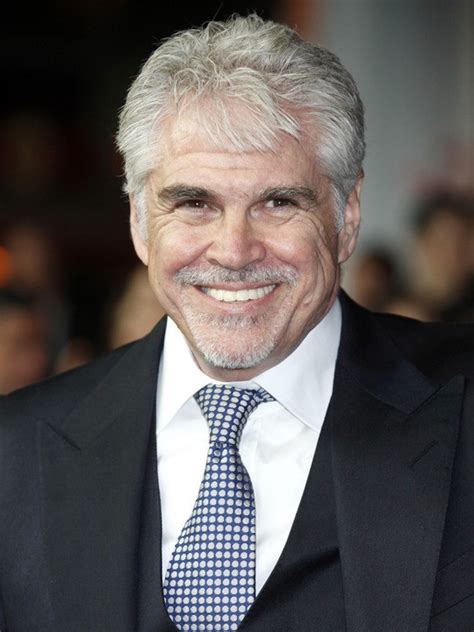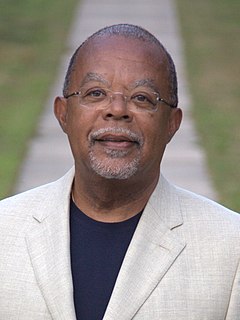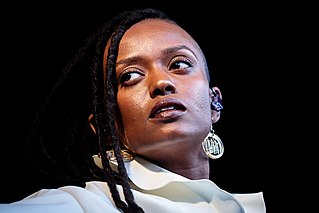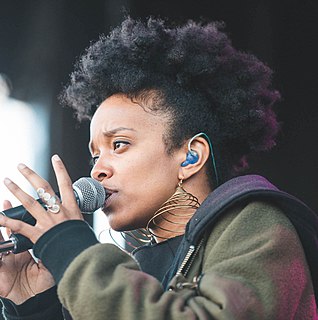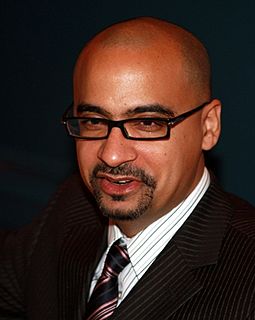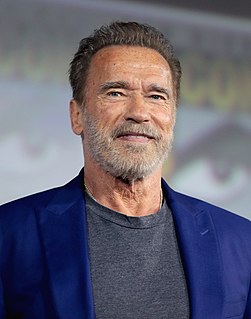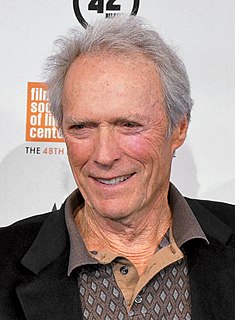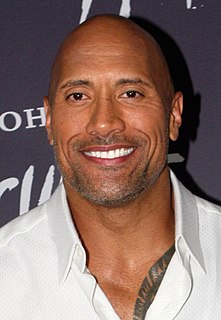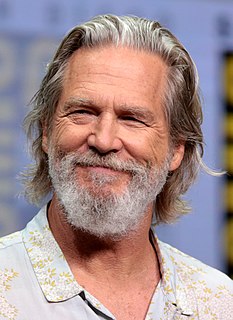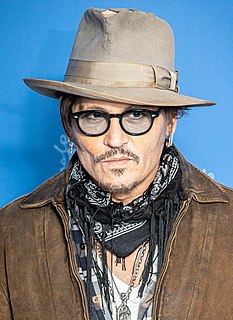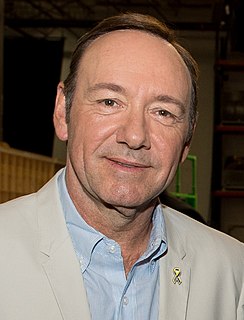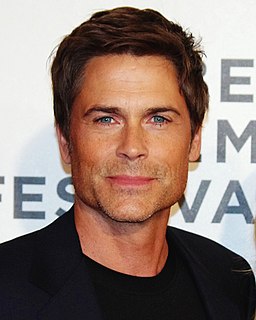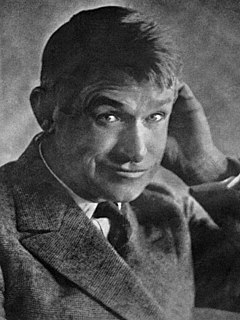A Quote by Nate Parker
Any movement that has been successful in this country for Black liberation has included old and young, men and women, and people not of color that understand their superiority complex, that understand White supremacy, and that internalize that, sort that out, and heal from that in order that they might help, because there are some people of color that are not on our side.
Related Quotes
White people don't have that problem, they get to go through life never having to fit into a box, and it's really more so true for white men because even just being a woman, you sort of have to walk around other people's assumptions of you and it's so exhausting and there's a sense, especially among young people of wanting to just live your life, not having to wear the weight of that pressure - pressure that people of color feel, that gay people of color feel, that women of color feel.
…“white supremacy” is a much more useful term for understanding the complicity of people of color in upholding and maintaining racial hierarchies that do not involve force (i.e slavery, apartheid) than the term “internalized racism”- a term most often used to suggest that black people have absorbed negative feelings and attitudes about blackness. The term “white supremacy” enables us to recognize not only that black people are socialized to embody the values and attitudes of white supremacy, but we can exercise “white supremacist control” over other black people.
To solve the new century's mounting social and environmental problems, people of color activist and white activists need to be able to join forces. But all too often, the unconscious racism of white activists stands in the way of any effective, worthwhile collaboration. The Challenging White Supremacy Workshop is the most powerful tool that I have seen for removing the barriers to true partnerships between people of color and white folks. If the CWS trainings were mandatory for all white activists, the progressive movement in the United States would be unstoppable.
Nowadays, people shoot digitally and it's all in color, but you press a button and it all goes to black and white. But it's not lit for black and white. So, it's a tricky thing. If you're going do black and white, you better remember to separate things with light, because color ain't gonna be there.
Brown people and black people and red people swarmed through our great halls, until those who were white looked simply faded-out human beings beside them. Indeed, I came to see that white is not a color in skin any more than in textiles, and if it had not quality, it had no value even for humanity. I saw that color in skin had a certain advantage in strength and warmth as a means of beauty.
Anyone who understands anti-racist work, a white person specifically, understands that it is not black people's responsibility, or any person of color's responsibility, to dismantle the structures that keep white people in positions of power. We do our job to thrive, to survive. To protect ourselves, to sit together and feel better and to heal.
Everything does come from nature. That's where you get new ideas. Just draw the landscape. I felt doing it with a bit of burnt wood was also good because I was drawing burnt wood with a piece of wood. I wanted to do black and white. After using color, I thought black and white would be good. You can have color in black and white. There is color in them, actually.
There's a long-term tradition of white supremacy in this country. [Donald] Trump isn't something entirely new. But then there is the crisis for white supremacy in this country now where you have people of color standing up for themselves in ways that they've never stood up for themselves or at least standing up for themselves in a generational, novel way.
